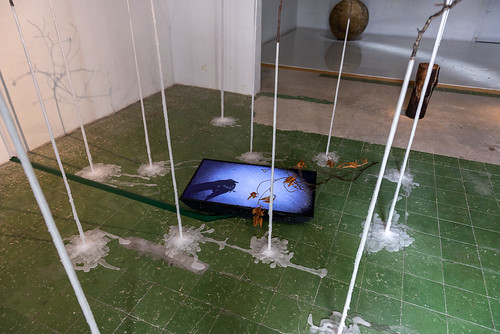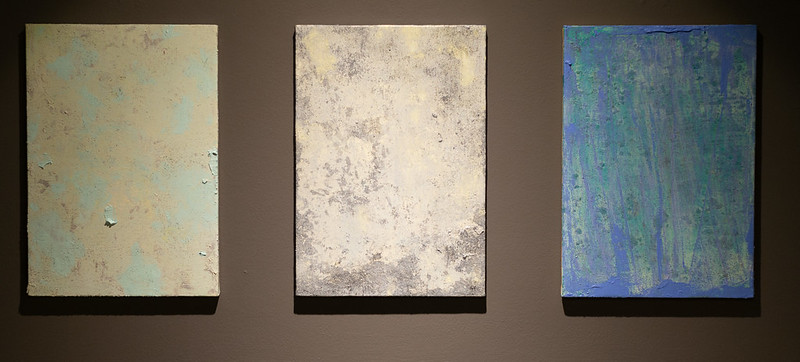Heart warming, tugs the right heart strings, and delightfully hand-drawn animations
It takes almost a village to produce a music video. It certainly took more than a team of creatives to pull off one of the most imaginative music videos for Singapore’s National Day theme song. This year’s music video has many fun elements. I might be biased to say that the blend of live-action and hand-drawn animation helped bucket loads to make the music video stand out.
Others might say the song was inspiring, judging from the number of positive comments on the official YouTube video. So it is not surprising to find many covers and remixes on YouTube. The song is emotional as it is lifting. The chorus is catchy, the lyrics are very relatable, and the song is rather ‘singable’. The lyrics had vivid language that probably inspired the strong imagery in the hand-drawn animation. For instance, the phrase “One man on an island. One drop in the sea. All it takes to set a wave in motion. Is a single word, an action, a hope …” — one person, one action, hope can make a difference. Another quotable optimistic phrase is, “Come whatever on the road ahead, we did it before, and we’ll do it again.” The lyrics practically oozes optimism and positive energy.
The hand-drawn animation helped bring hope and imagination to the fore. On a technical level, we might say that the hand-drawn illustrations represented a back to basics storytelling and gave the music video a strong visual narrative. It felt like a mock-up storyboard fully developed into a coherent and unique visual element. On a symbolic level, we might say the hand-drawn illustrations represent the imagination of Singaporeans, young or old, to envision both the present and future. The present, being able to do things without being socially distant within the covid-19 daily restrictions. In the near future, when the country moves from COVID-19 pandemic to COVID-19 endemic measures. Or the future, a ‘new normal’ since COVID-19 has disrupted our social and economic activities on a global scale.
I really liked the contrast between hand-drawn and live-action because of the ‘larger than life’, playful effect. Many scenes show the hand-drawn characters interacting with landmarks or familiar spaces. These include drawn cartoon characters exercising Tai Chi in the Marina Bay and Gardens by the Bay Area, riding on an MRT train, using the Golden Mile Complex as stadium seats, and doing the Kallang Wave as a homage to the old Kallang National Stadium. The choice of black and white for these illustrations gave those familiar sights a certain timelessness. This contrasted against the painterly animated scenes that followed. For example, a scene of a Tongkat cruising down the Singapore River paid tribute to Singapore’s colourful cultures, our shared history and our pioneer generation. The next scene shows a runner, a dancer, and a child running to a parent in a sweeping transformation. Several magical transitions happen: roadside flower blossoms into ingredients in a wok; a the flash in the pan dazzles into a highlight on a solar panel. These transitions between scenes are only possible with animation; traditional live action transitions would have required straight cuts, cross fades with continuity a huge challenge, keeping to more or less visually equitable shots to direct the viewers’ attention. There’s also a scene with a girl drawing on her notebook before a hand-drawn bus pulls up at the bus stop with cartoon characters peering out of the double-decker bus windows. This perhaps, is another nod to the value of drawing and our creative imagination.
It is truly inspiring to literally see drawing come alive. To the animators, film-makers and producers who believed in the power of drawing, I salute you. Thank you for drawing our attention to the little things that matter in Singapore and lifting our spirits for things to come.
Watch the music video ‘the Road Ahead’ here:
To understand the animation process behind this music video, consider watching this ‘Behind The Picture: Animating ‘The Road Ahead’ (3″ 46′).
To hear how the song came about, consider watching this ‘August the VTuber: Meeting the NDP 2021 Theme Song singers!‘ (7″ 45’) too.



